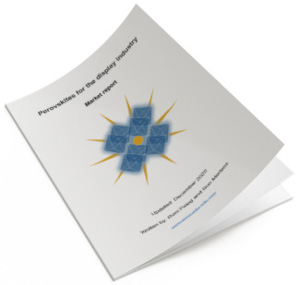Researchers report that lattice distortion of perovskite QDs induces coherent quantum beating
A research team, led by Prof. Wu Kaifeng from the Dalian Institute of Chemical Physics (DICP) of the Chinese Academy of Sciences (CAS), in collaboration with Dr. Peter C. Sercel from the Center for Hybrid Organic Inorganic Semiconductors for Energy, recently reported the utilization of lattice distortion in lead halide perovskite quantum dots (QDs) to control their exciton fine structure.
Shape or crystal anisotropy in QDs results in energy splitting of their optically bright excitons (bound electron-hole pairs), known as fine structure splitting (FSS). For example, the excitons' FSS can be exploited for coherent control of quantum states for quantum computing, or for polarization-entangled photon-pairs in quantum optics, although for the latter it is important to suppress the magnitude of splitting. Studying FSS usually requires single or just a few QDs at liquid-helium temperature, due to its sensitivity to QD size and shape. Measuring FSS at an ensemble-level, much less controlling it, seems impossible unless all the dots are made to be nearly identical.






